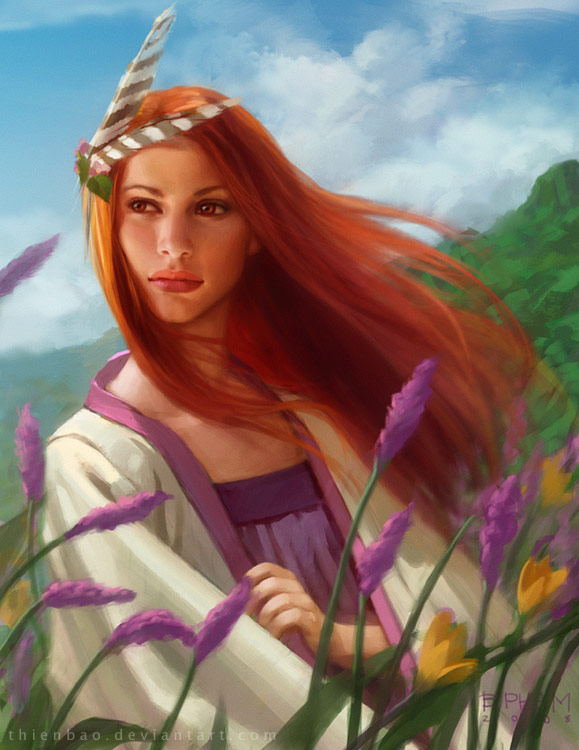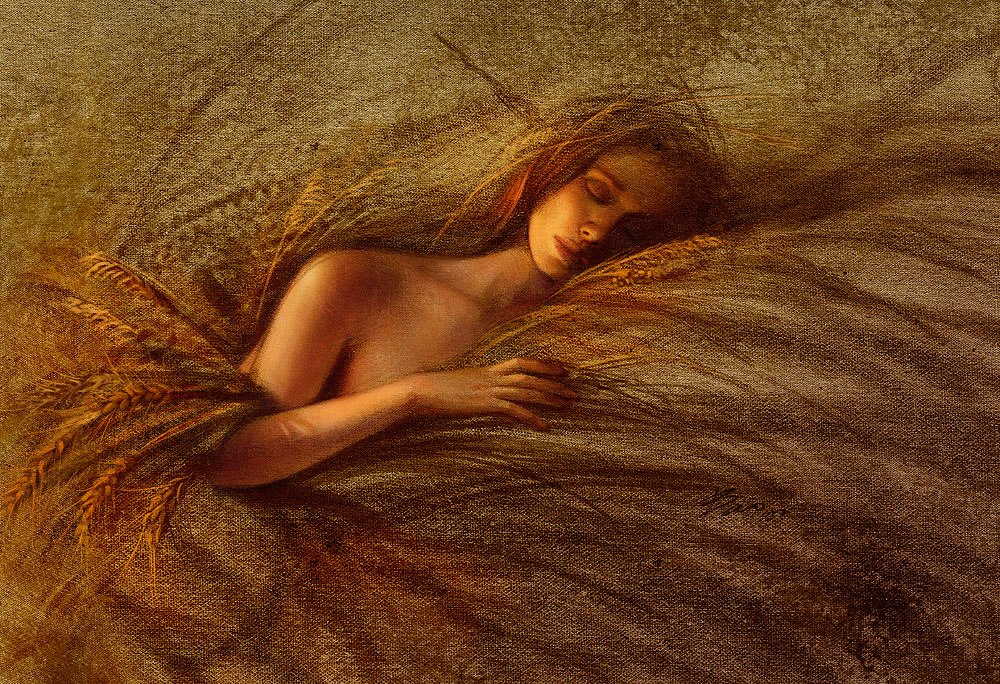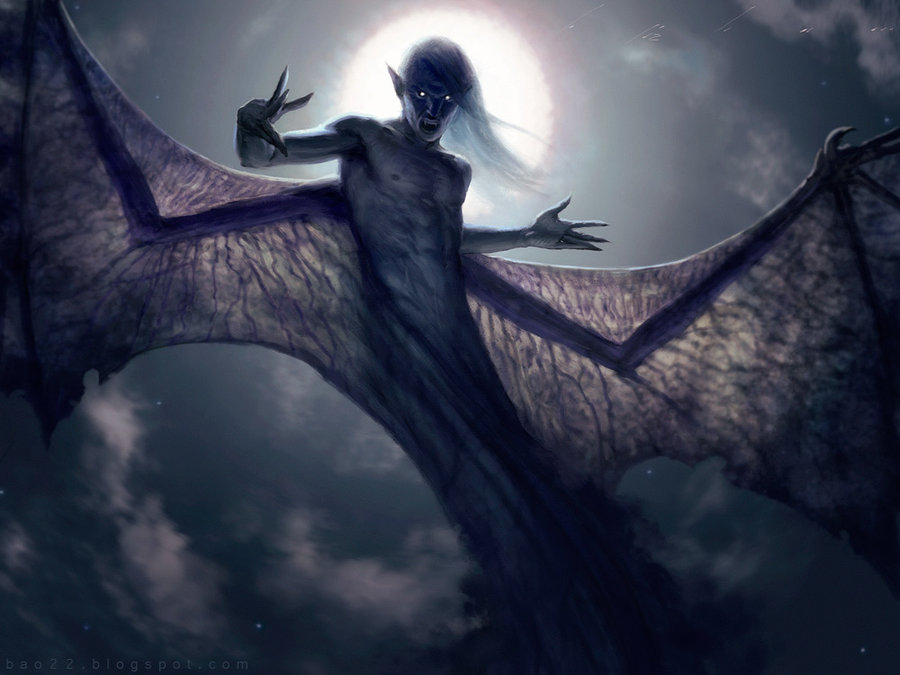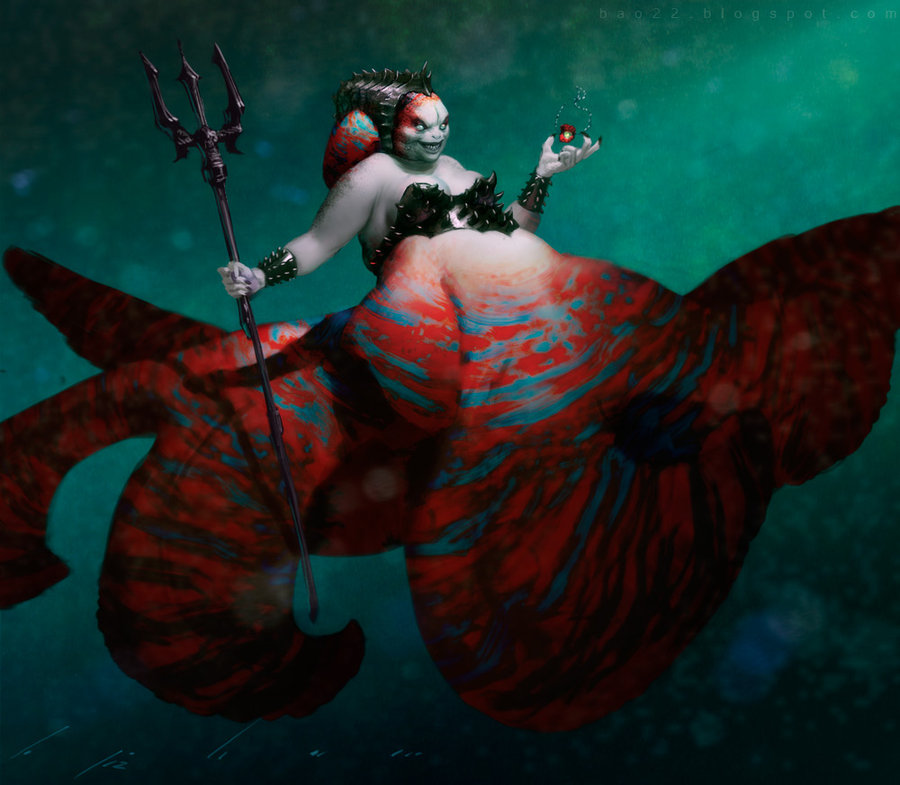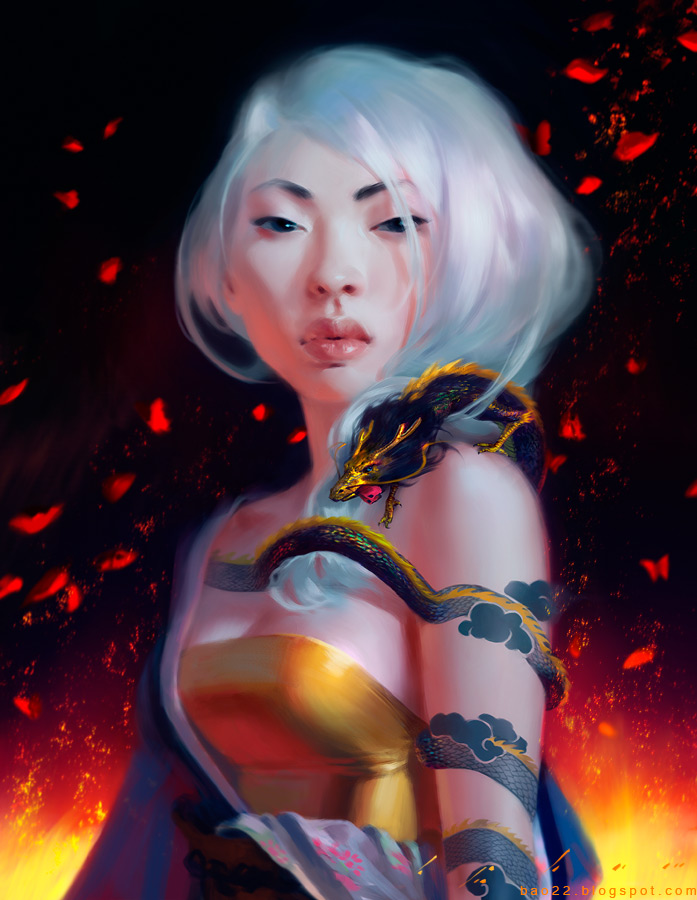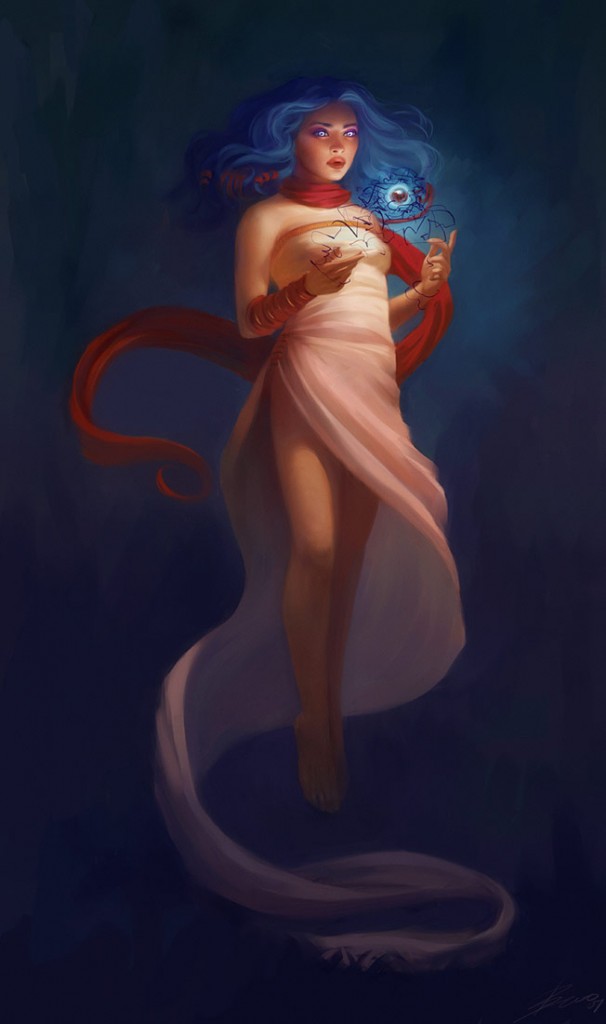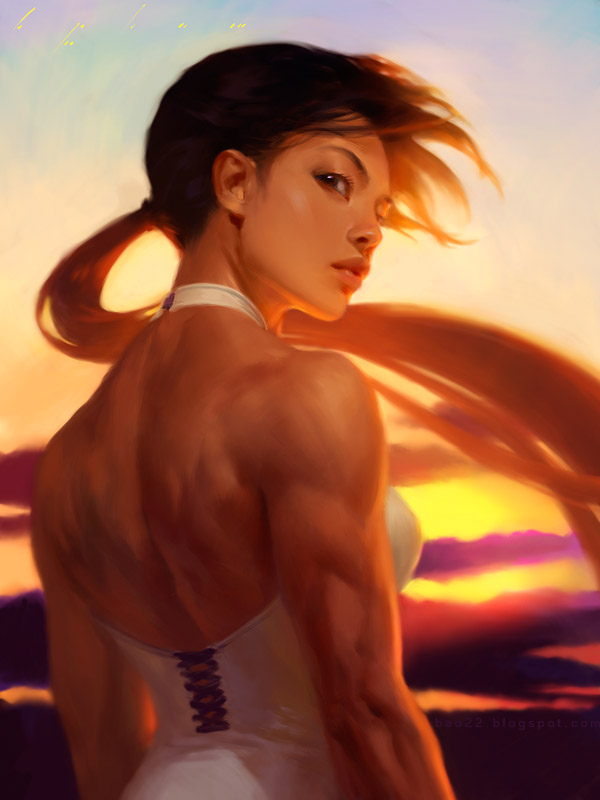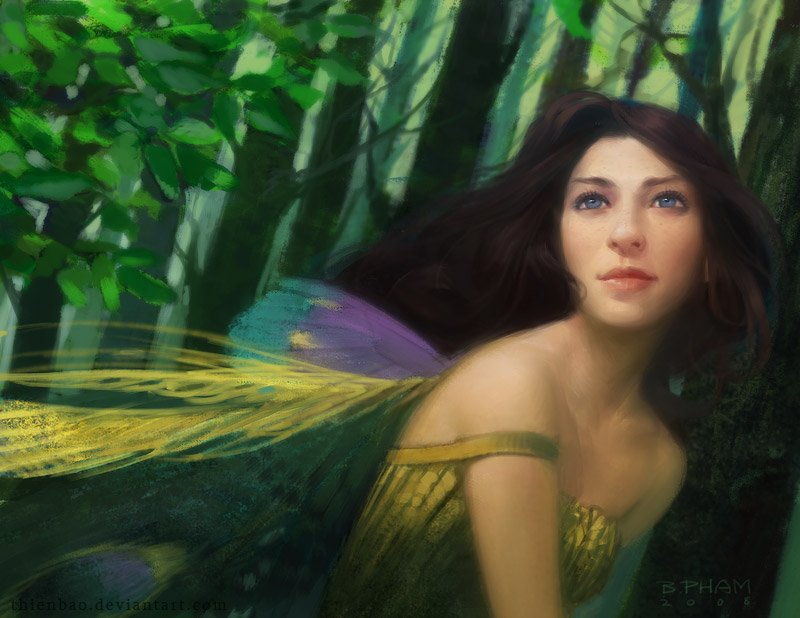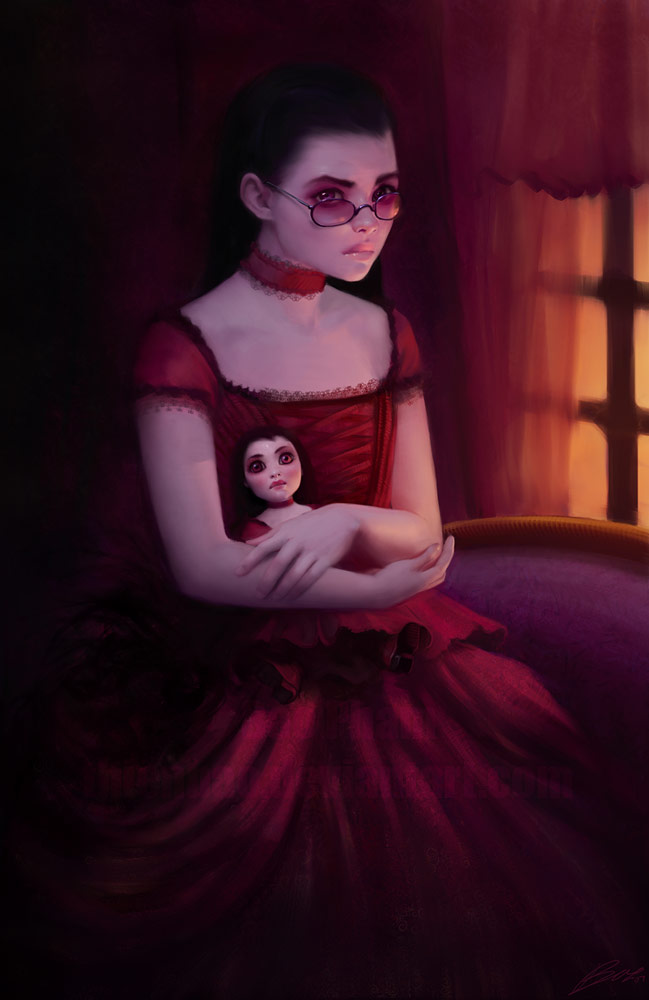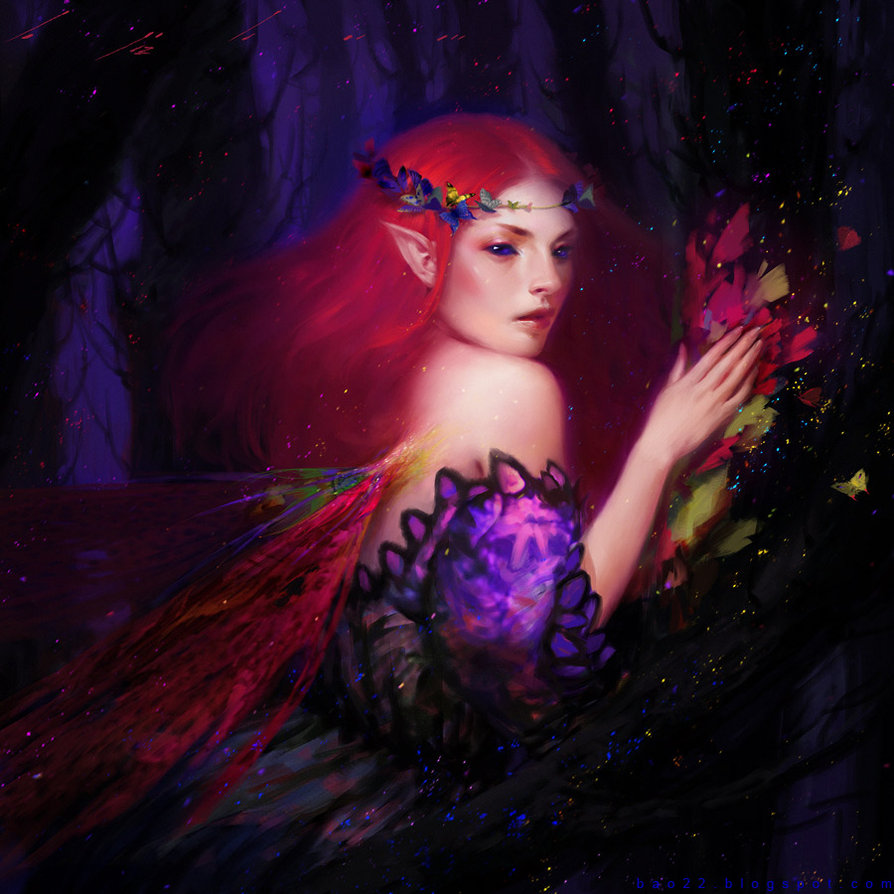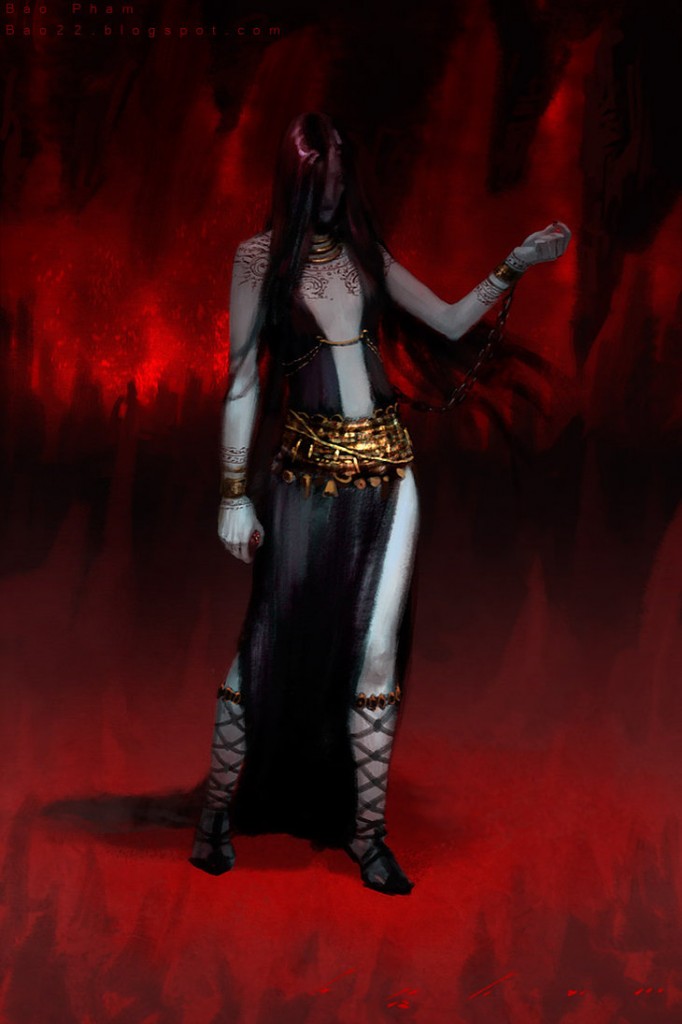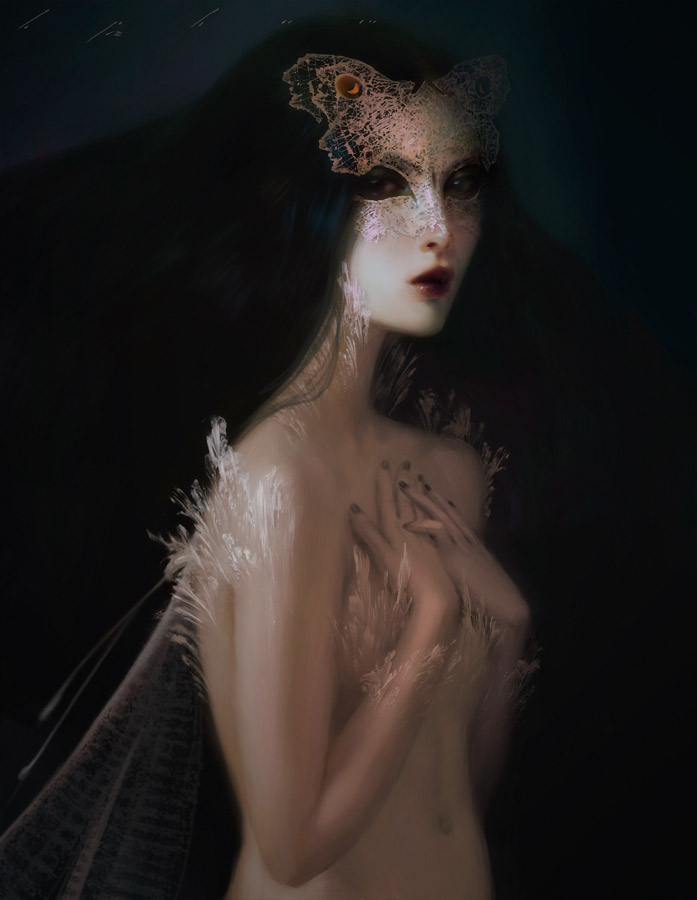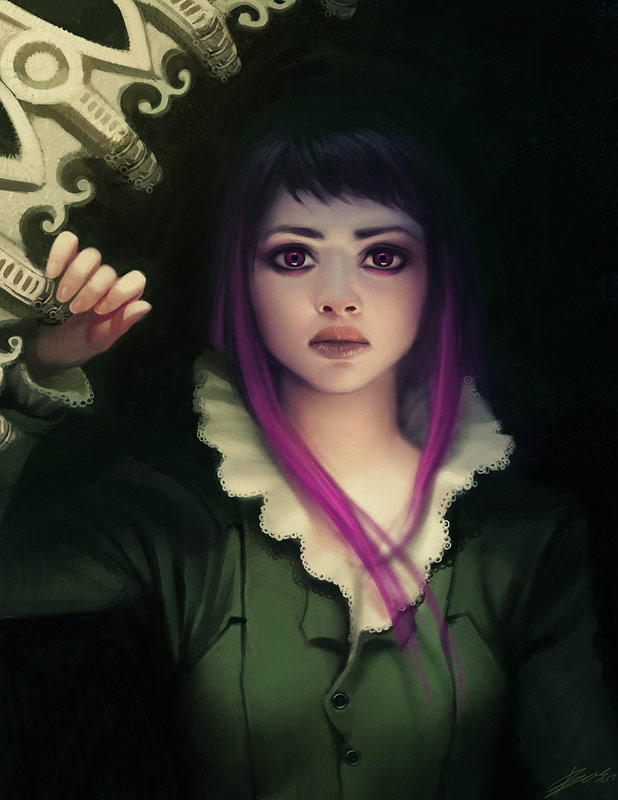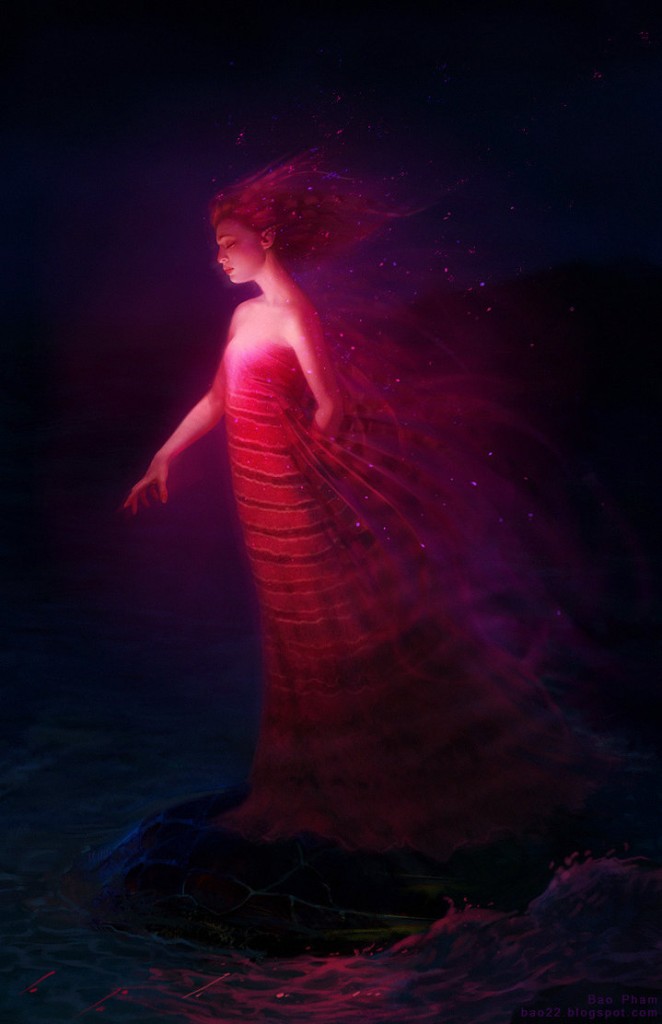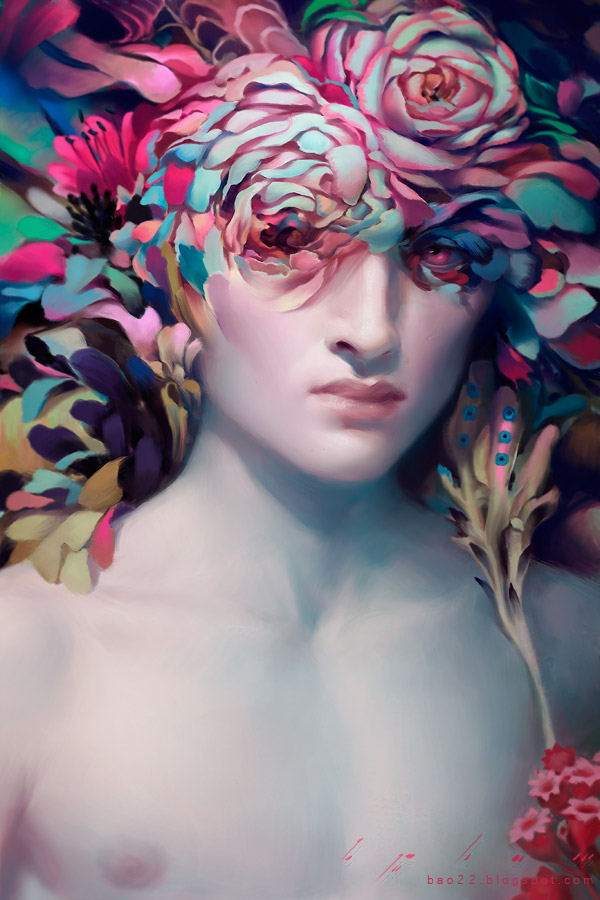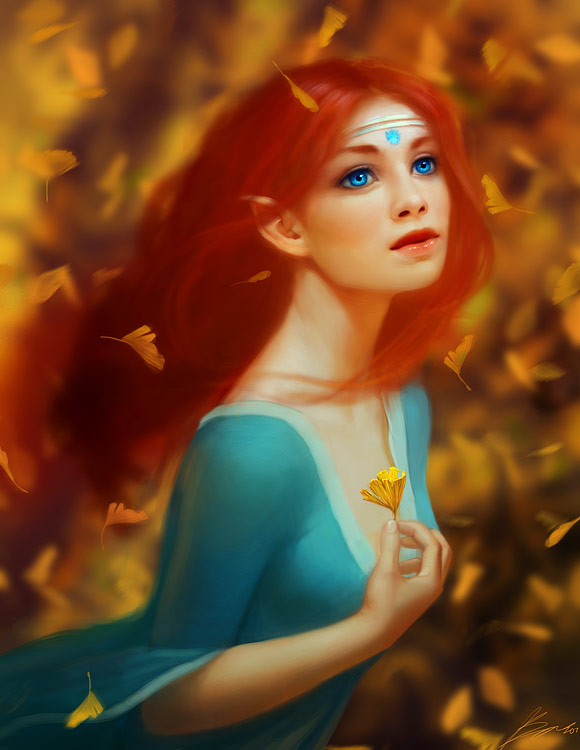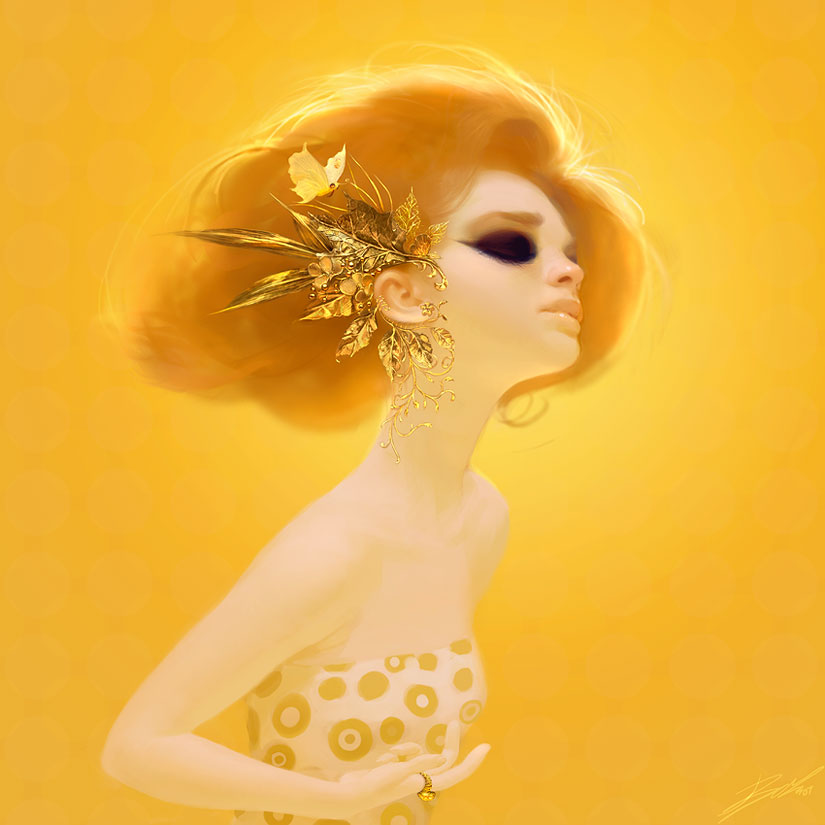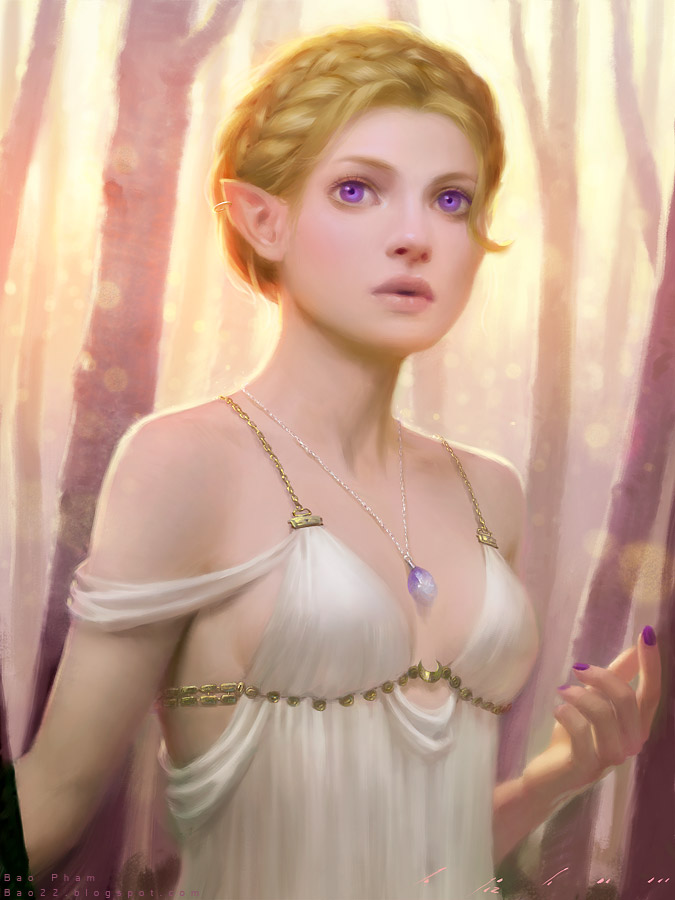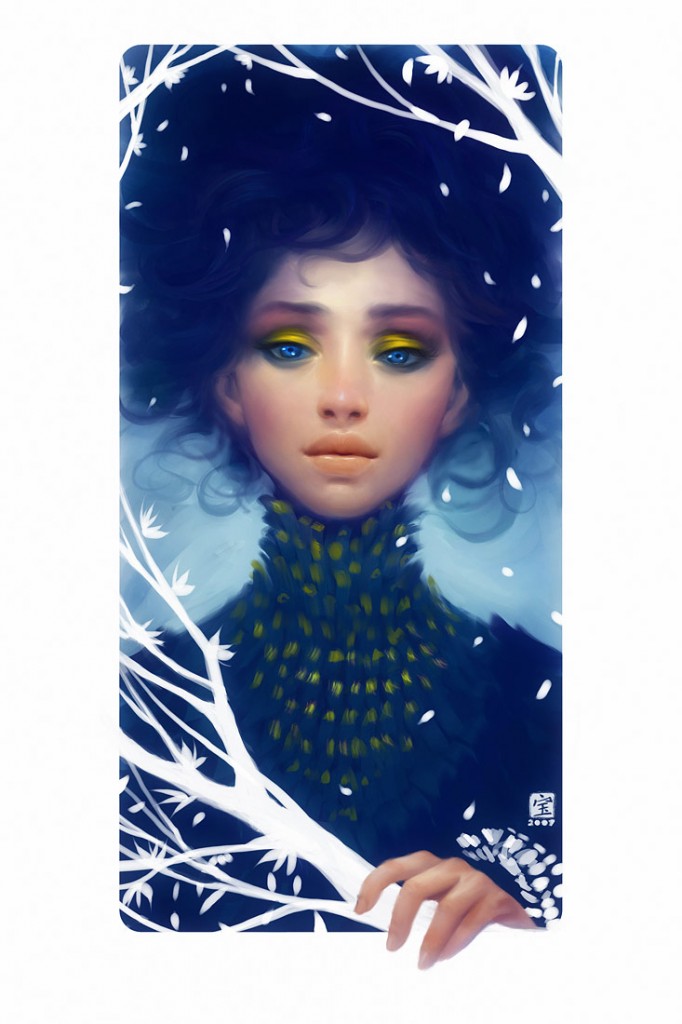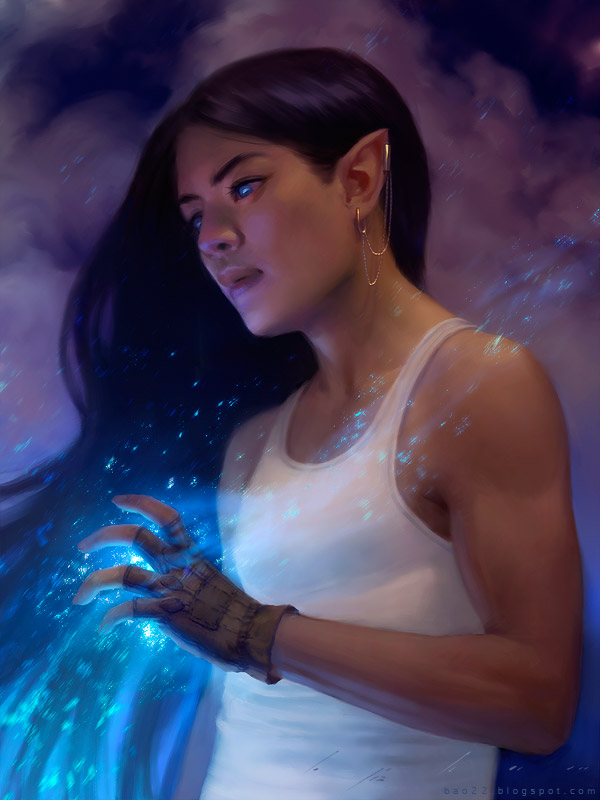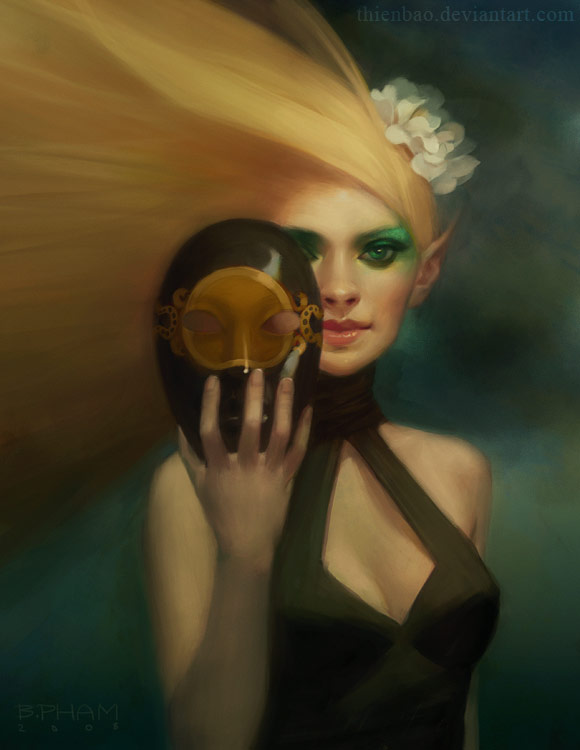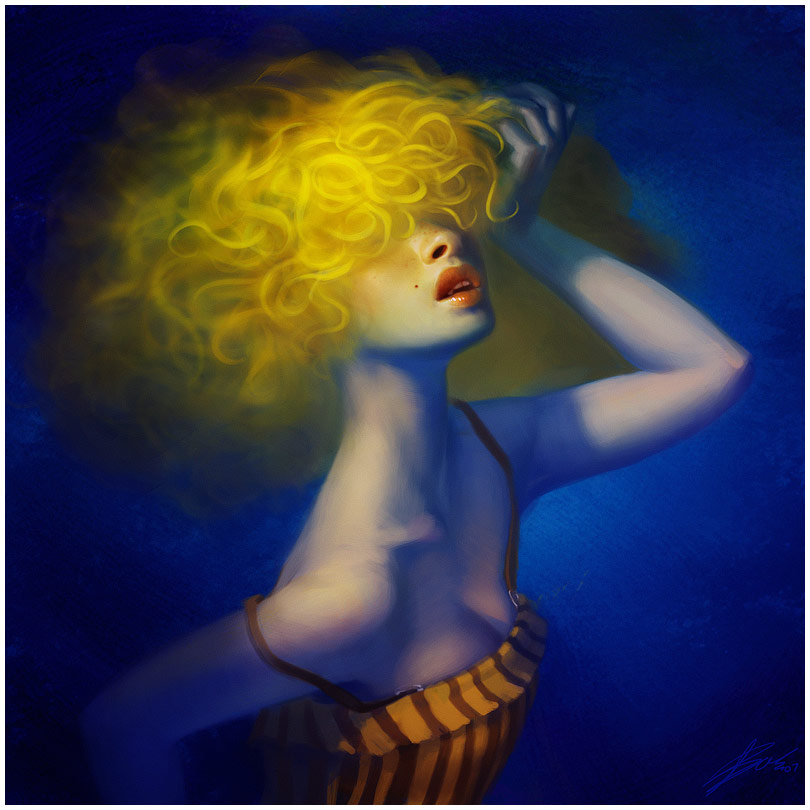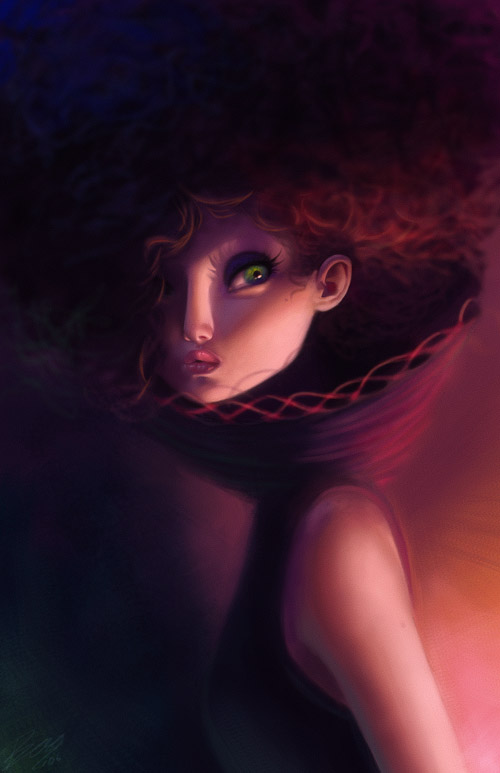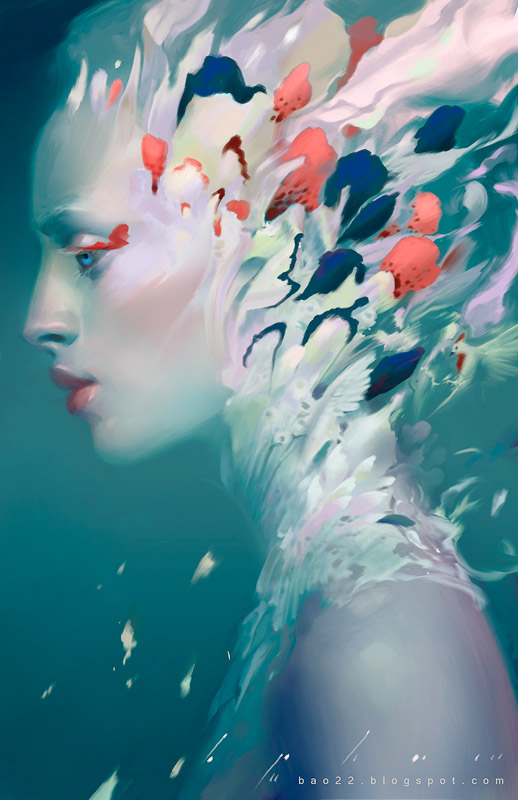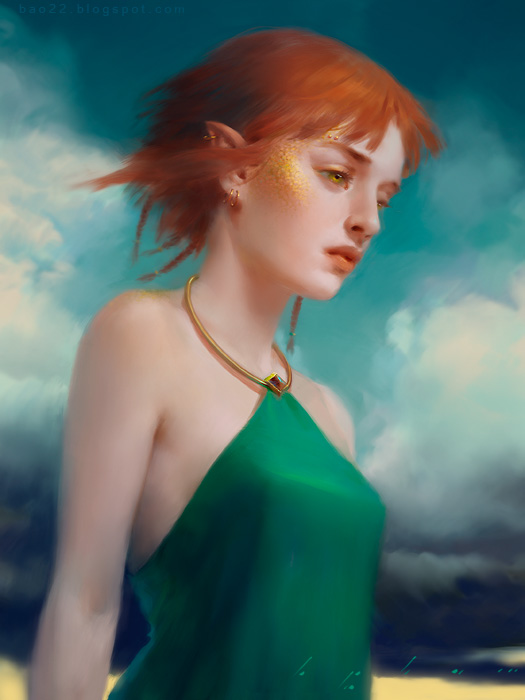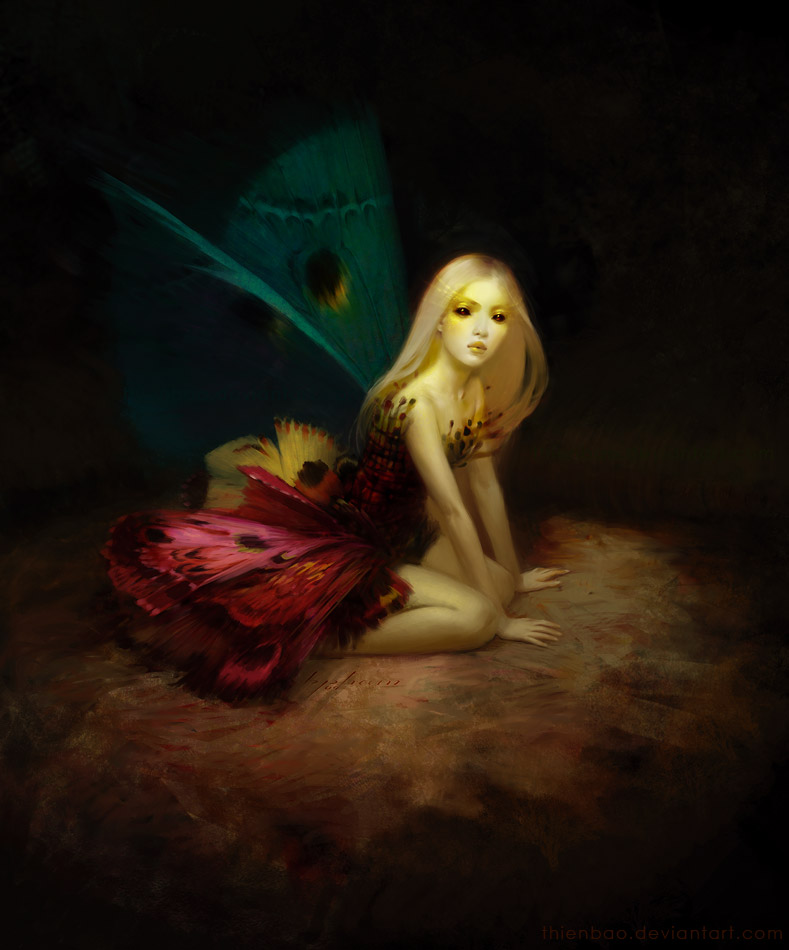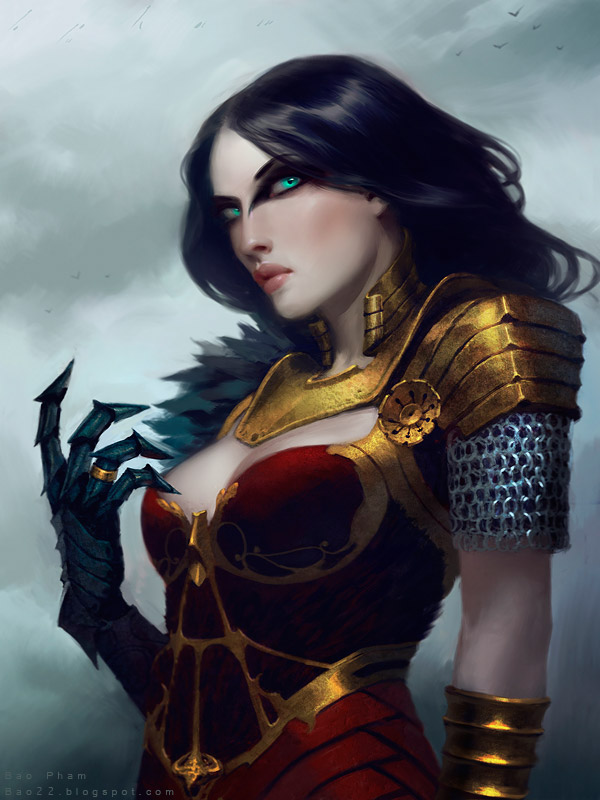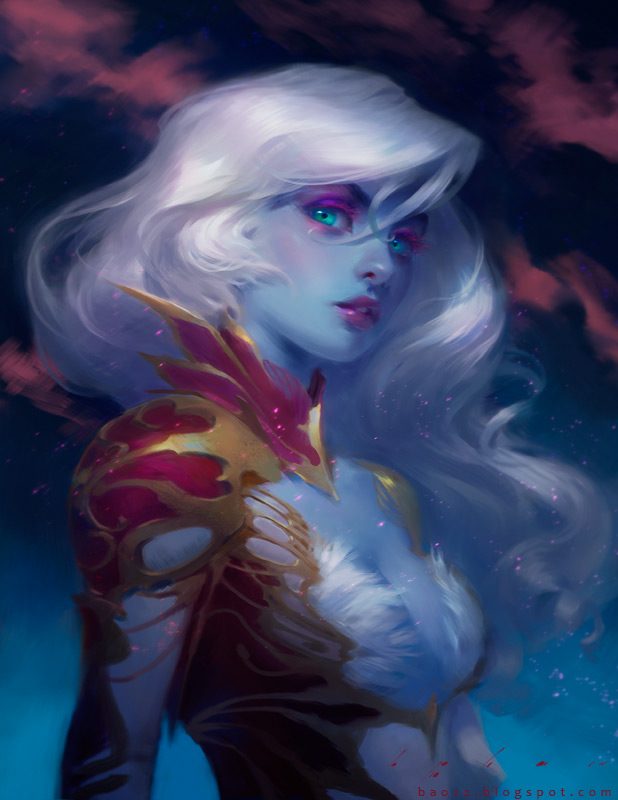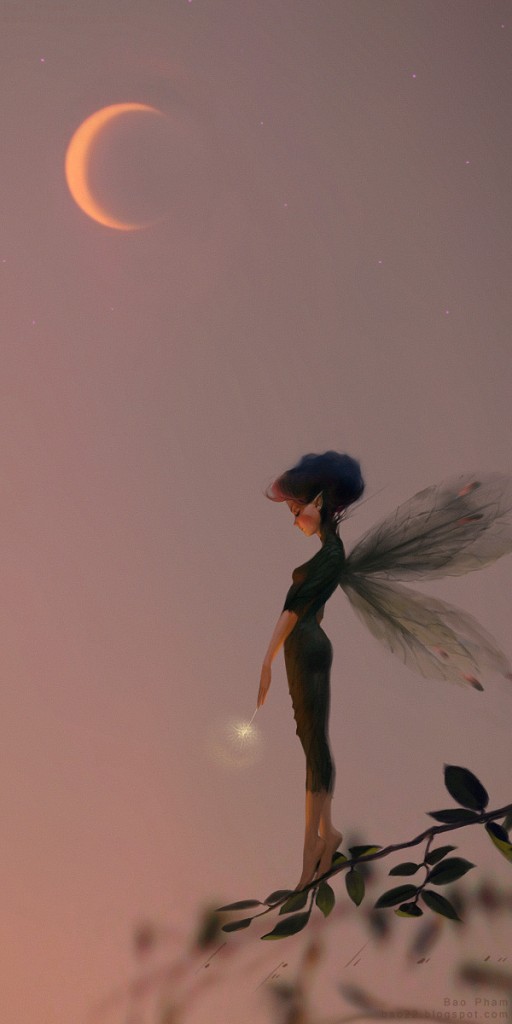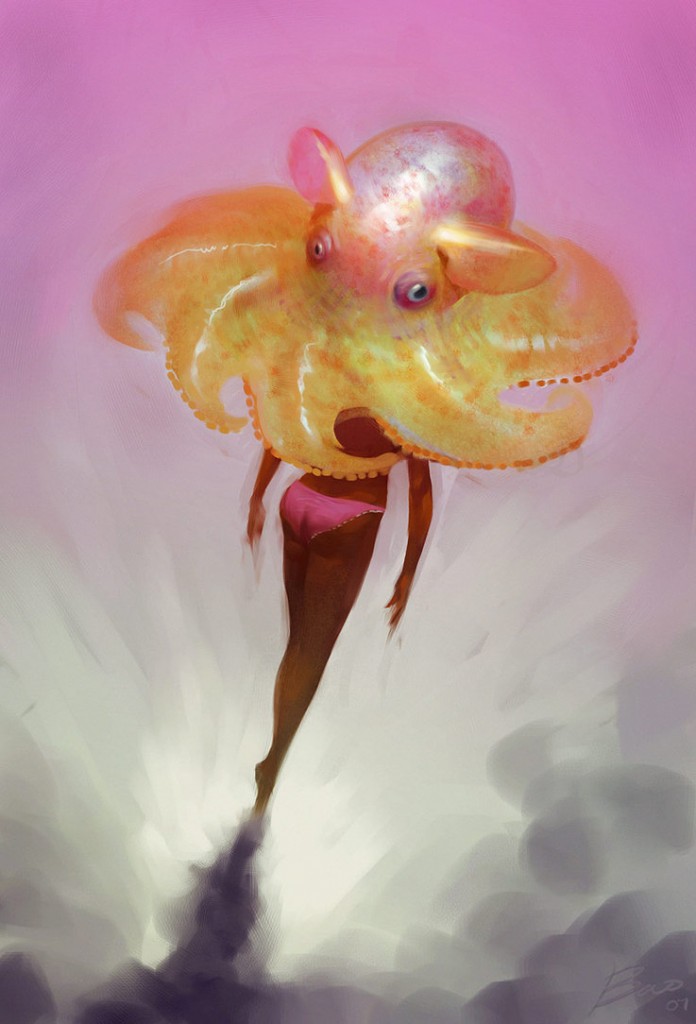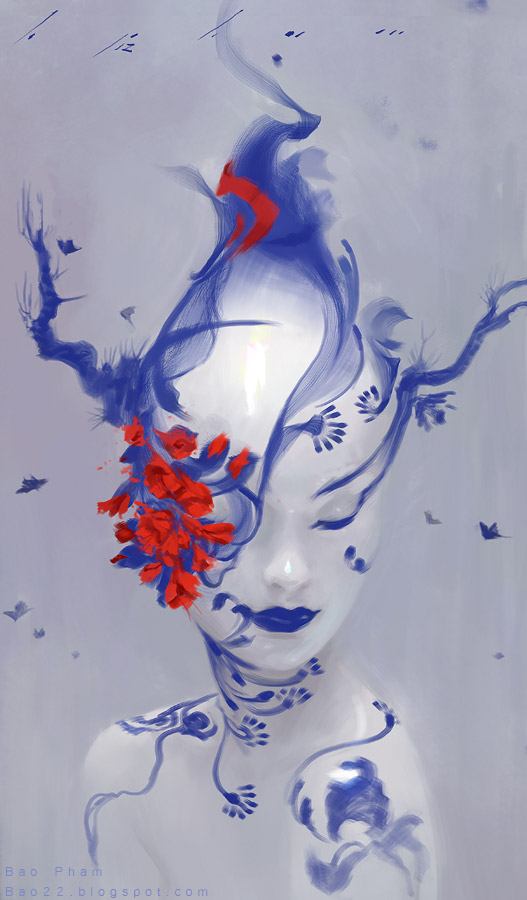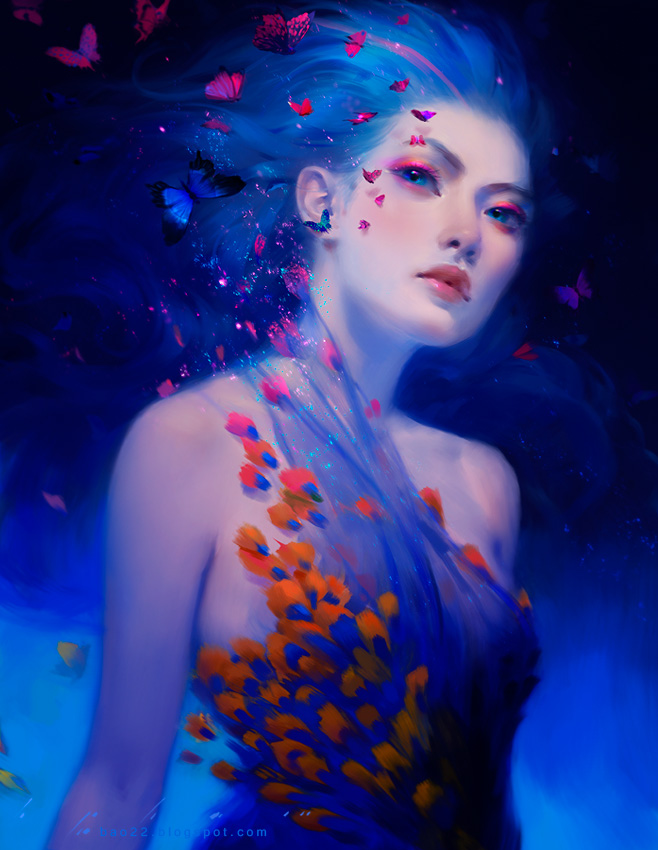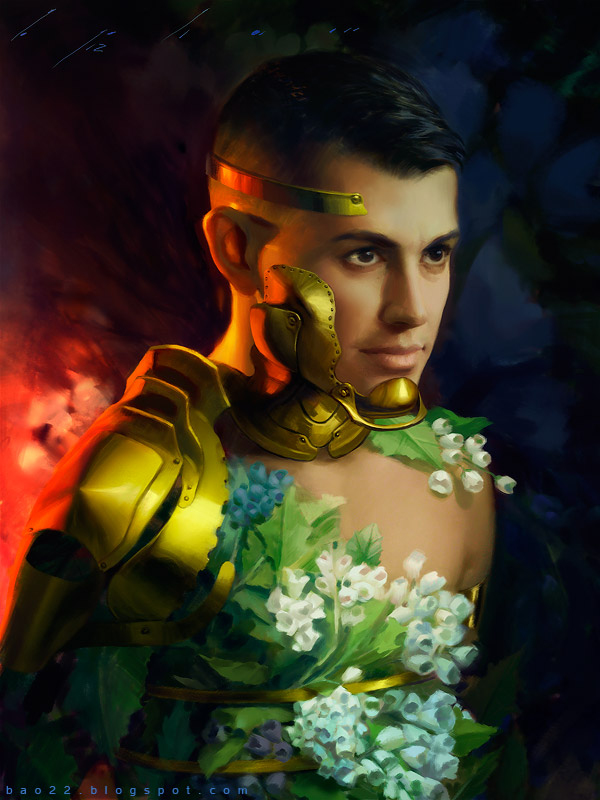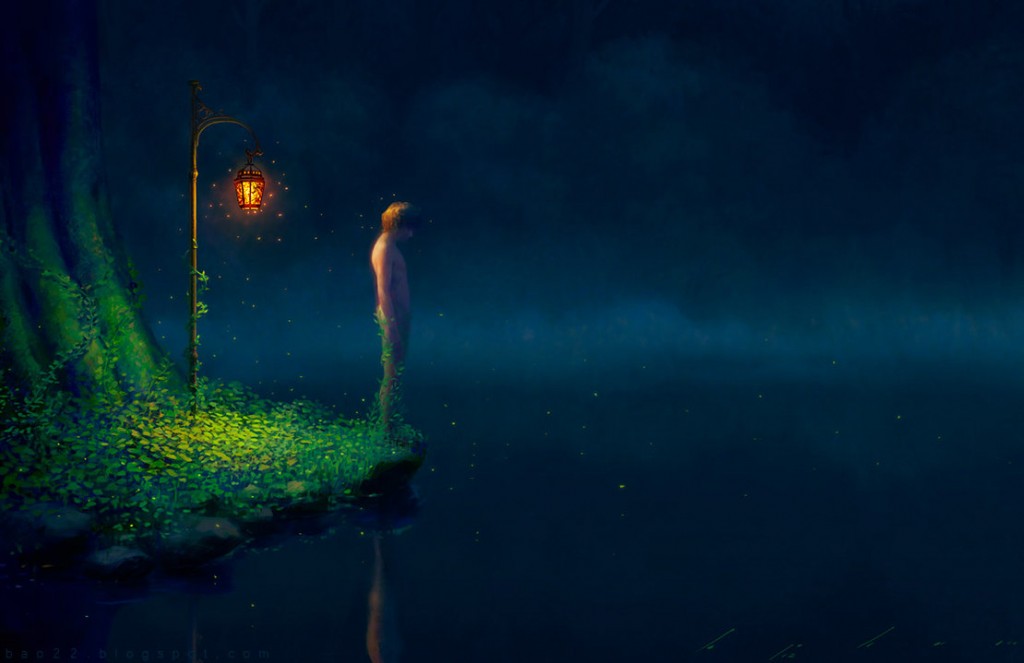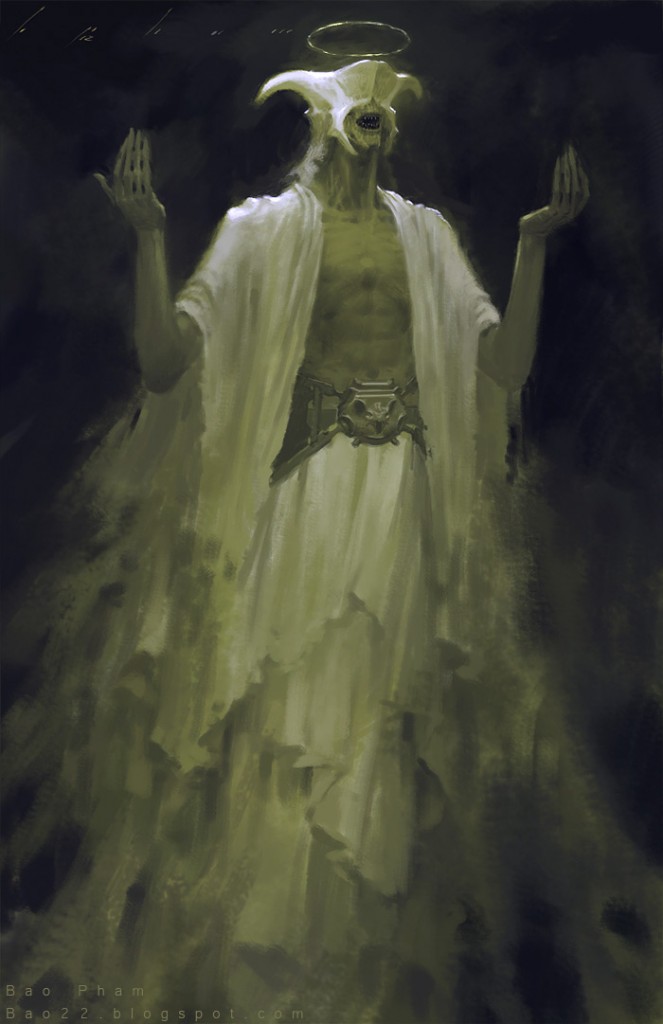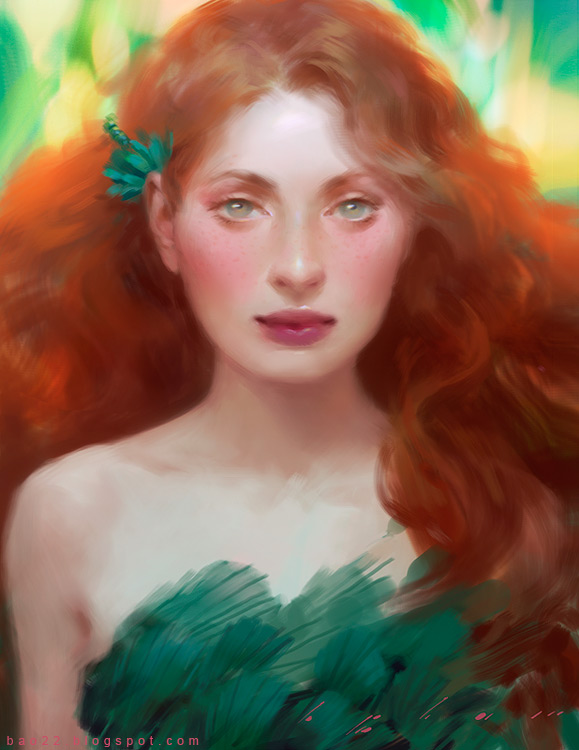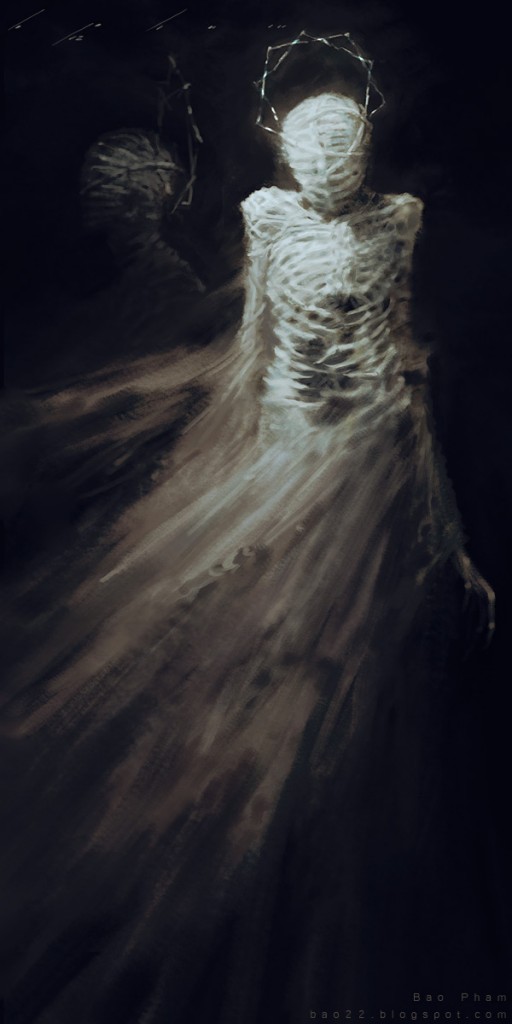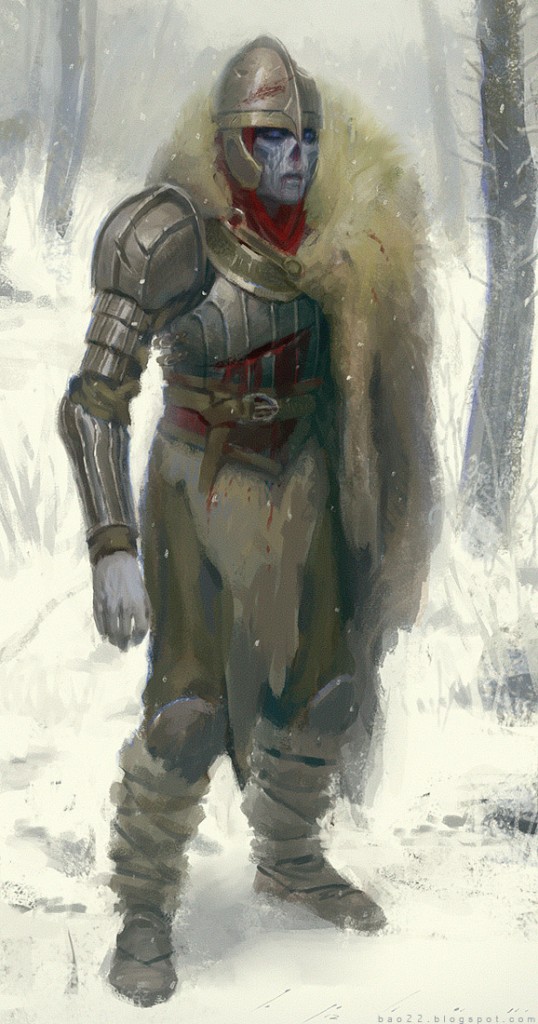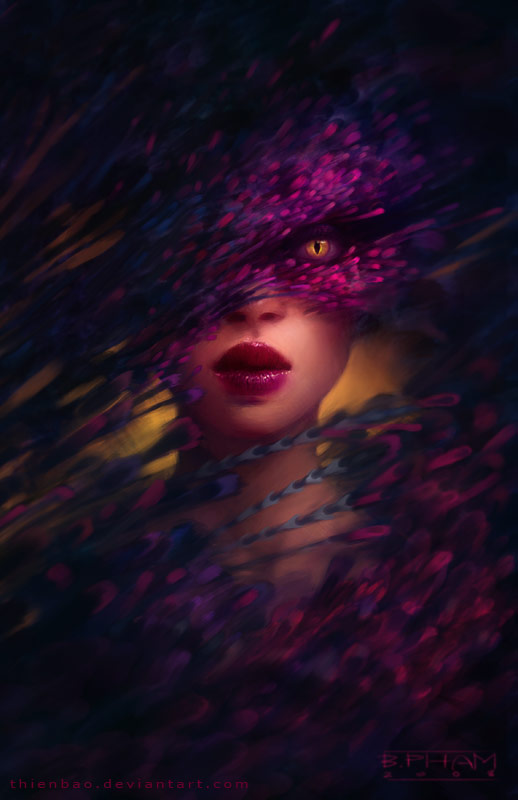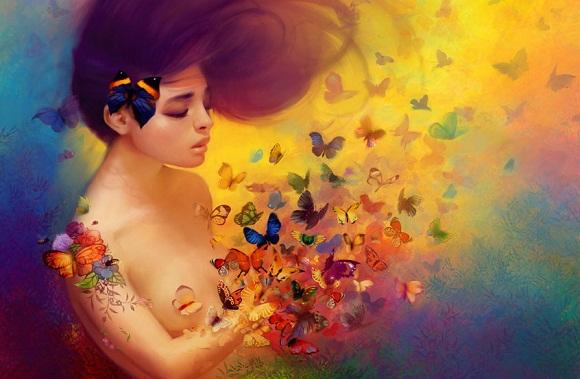
Digital Art Fantasy Paintings and drawings are utilized to communicate or explain a particular point — especially a place produced in text that comes with the illustration or drawing. Painitings especially Digital frequently display people, because such subjects naturally grab the viewer’s attention. Some Paintings create images of individuals from memory or imagination, without any mention of the a real model. By using this method of produce realistic Paintings of individuals can involve intensive study of anatomy, drafting and related subjects. However, novice artists can produce realistic figure sketches by using alternative approaches.
Difficulty: Moderate examples by Bao Pham aka thienbao
Instructions – Things You Will Need
- Photo of the part of action
- Photoshop CS4 / CS5
- Suggest Edits
- Painiting tools and air brushing
Step 1.
For Quick start Find and print a scanned photo of the person (a figure) carrying out an action you need to illustrate or use your imaginations. You’ll draw this figure reasonably, starting with drawing three-dimensional forms directly to the photo.
Step 2.
Make use of a pencil tools in Photoshop to attract small circles at these joints around the figure: the neck and torso the shoulder, elbows and arms in which the upper leg joins using the stylish your legs and also the ankles.
Step 3.
Sketch a stick figure representation from the figure: Use the photo line segments hooking up the adjacent circles from Step Two. For instance, connect the neck-torso joint using the right and left shoulder joints, and fasten the shoulder towards the elbow joints.
Step 4.
Begin giving the stick figure a feeling of three dimensional form: Draw cylinders surrounding each one of the figure’s line segments or find some usefool tools to get 3D effects. For assist in drawing cylinders, note the next: A front look at a cylinder can have as merely a circle, while a side view can have the cylinder like a rectangle. Other sights involve drawing ellipses of numerous shapes to represent the cylinder’s foreshortened circles and lines hooking up individuals ellipses.
Step 5.
Study the shading of every appendage and area of the estimate the initial photo, then duplicate that shading in your cylinder figure. This is a far more realistic figure.
Step 6.
Carefully take notice of the relationship of the very prominent intersecting lines within the original photo. For instance, look directly in the palm of the open hands. Stick to the curve from the flesh in the thumb tip to your palm. Then stick to the curve in the tip of the index finger because it moves toward your thumb. Notice the way it vanishes behind the bend in the thumb. This visual phenomenon is really a obvious indicator of three dimensional depth. Duplicate the crossing points within the original photo in your new cylinder drawing.
Step 7.
Transfer the facial features in the original photo for your drawing.
Step 9.
Complete your drawing by checking the proportions of the body parts in accordance with the space or width from the mind. The entire entire figure ought to be seven mind-measures lengthy. The shoulder-to-shoulder width should span three mind-sizes. The stylish-to-knee distance should equal the knee-to-ankle distance, and also the shoulder-to-elbow distance should equal the elbow-to-wrist distance. These proportions will be different from figure to find, particularly with figures observed in oblique sights (i.e., view apart from front, side or top).
Beautiful Examples of Reaslistic Fantasy Art Drawings by Bao Pham aka thienbao


